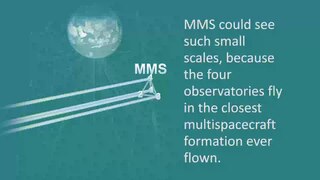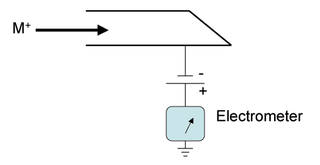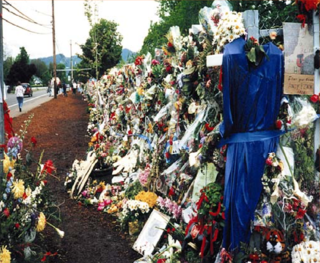Early life
Case grew up in the area of Springfield, Oregon. [3] At Thurston he was a trombonist for the school's jazz band. He was also an athlete; by his junior year he pitched for the varsity baseball team, and was team co-captain. [1] [4]
1998 school shooting and aftermath

On the morning of May 21, 1998, near the end of the school year, Case was in the school cafeteria passing out campaign buttons and flyers for a friend seeking to be elected student-body president. As he was doing so, a freshman, Kip Kinkel, having killed both his parents at their home the previous night, entered and began shooting at the 300 students present [5] with the two pistols and semi-automatic rifles he was carrying in the trenchcoat he was wearing. Case took cover under a table, but four of the 51 rounds Kinkel fired struck him anyway—three in the back and one in the leg. [1] [6]
Two students were killed and 24 others injured; Case did not realize the extent of his injuries until first responders found all the wounds. He was rushed to Sacred Heart Medical Center in nearby Eugene, where doctors found that in addition to the blood loss he had suffered, the bullet in his leg had become dislodged, causing further nerve and artery damage. They feared he might not survive, [1] [6] and that even if he did his leg might have to be amputated. [7] One surgeon said later that "he was dying before our eyes". [4]
Doctors had to first treat damage to Case's stomach and intestines, where bleeding was heavy due to 14 separate holes. Then they addressed another shot that had pierced both lungs. Only then could they turn to Case's right leg, where the bullet had pierced an artery and vein in the knee and the thigh above it, leaving the portion below without blood flow for a long time. A skin graft was necessary on the leg after the surgery, two days after the shooting. They were unsure whether he could fully recover, although Case believed he would be able to. [4]
The shooting, the latest of several at schools over the preceding 18 months, attracted national media attention due to Kinkel having opened fire in a crowded cafeteria with a semi-automatic rifle, suggesting more serious homicidal intent than the perpetrators of the previous shootings despite the minimal death toll. Life magazine ran a 10-page article about the aftermath illustrated in part by a photograph of Case in his hospital bed. Get-well cards came from across the country. [1]
After a week, Case was discharged. [1] He started regular physical therapy sessions, hoping eventually to resume his extracurricular activities, including baseball. "It's good to be making progress," he told a local newspaper, "[but] it's frustrating, because I don't know for sure if it's going to come back." His therapist said that while Case was clearly regaining the range of motion in his leg, it was not clear how much of his muscles and sensation would come back. He believed that the intense pain Case was beginning to experience in his lower legs might have been due to compartment syndrome, in which swelling that should have occurred after the injuries did not due to the lack of blood. Two of the bullets remained in his body [4] until doctors removed them six months later. [6]
Case threw out the first pitch at a local American Legion game played by his team. His father reported that some pitches he threw to him as a test "still had plenty of zip". But he did not return to school for the rest of the year. [4] By September he was able to, and had resumed playing with the jazz band. He still had no feeling in his lower right leg, could not move the foot, and wore a brace on the leg. But he was eager to resume classes, and felt no hesitation about returning to the cafeteria (now repainted) for the first time since he had been shot there in order to register for classes. [5] By springtime Case, despite still not having any feeling in the right foot, had recovered enough to resume playing baseball, pleasantly surprising his doctors. His coach admitted, however, that despite in one contest striking out nine batters in five innings he was not as good as he had been. [7] Case still hoped to be able to play in college and indicated on the anniversary of the shooting that he was basing his college search around that. [8]
In September 1999, Kinkel abandoned plans to mount an insanity defense and pleaded guilty to four counts of murder and 26 of attempted murder that had been brought against him for the shooting. "I'd kind of like to know exactly why he did it," Case told a newspaper. "But we're never going to find out." [9] The plea included sentences for the murders that could have led to Kinkel being eligible for parole in 25 years, if no further sentence was imposed for the attempted murder charges. At the sentencing hearing on those counts two months later, Case, by then studying at Lane Community College, was among the last of the victims and family members to make a statement. Recounting how it still hurt to walk in bare or stocking feet, he said "Because I will be affected for the rest of my life, I feel that he should be, too." Judge Jack Mattison sentenced Kinkel to another 87 years for the attempted murders, bringing his total sentence to nearly 112 years, effectively a life sentence without parole. [1]



















